For more background on the DPNU uniforms check out my post covering the shirt right here.
Overall a relatively simple garment with 5 pockets total and velcro adjustment at the waistband. I am actually somewhat surprised that they went to the expense of including the pleating in the knees, but these stitches do help in allowing free movement when kneeling and it is perhaps common for sailor to have to kneel, squat and crawl in to narrow spaces on ships and especially submarines.
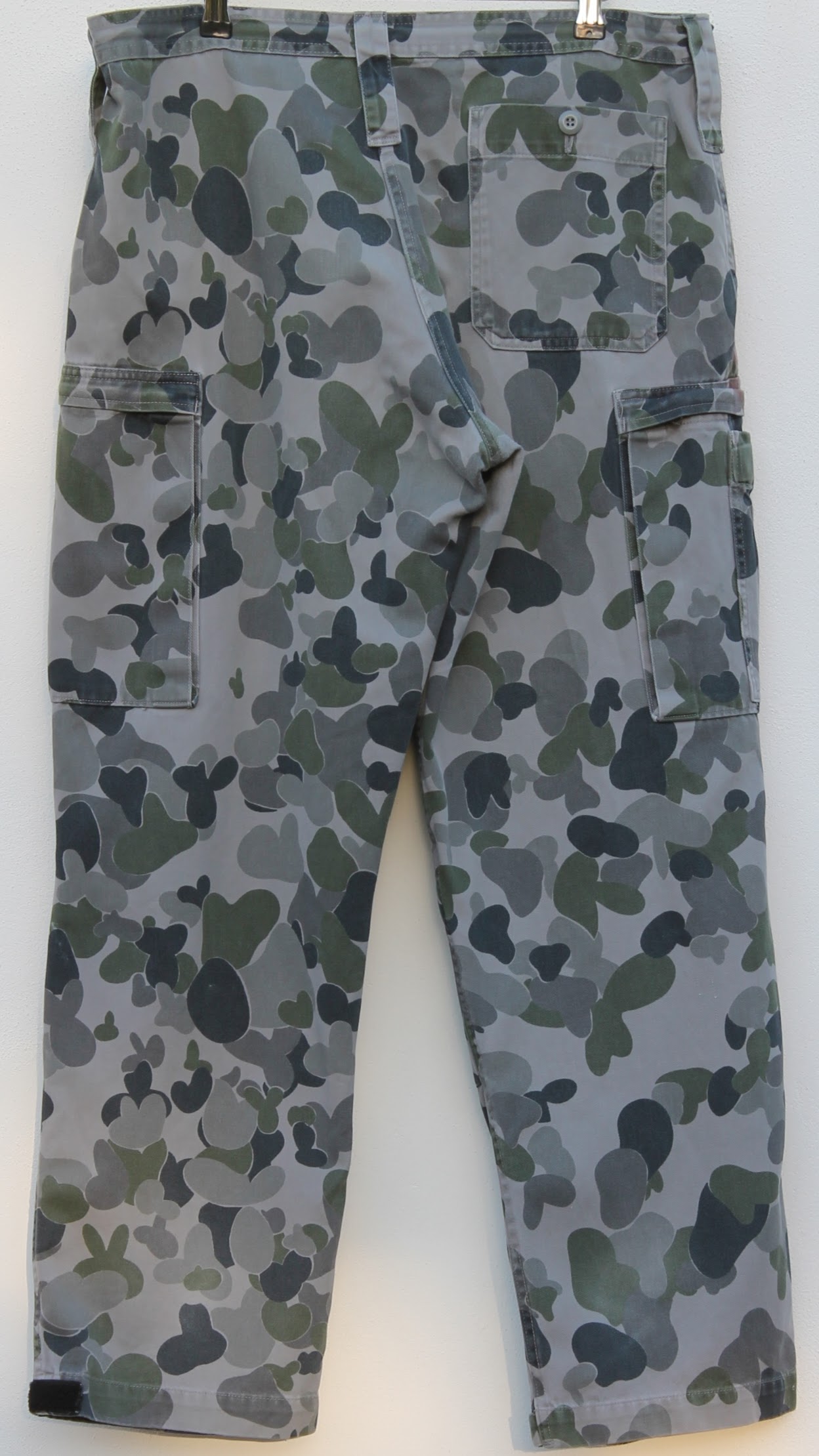
Belt loops are extremely wide as is typical with standard issue trousers in order to fit traditional 2.5″+ barrack wear belts.
On the rear the only feature top mention is a simple, flat pocket closed via button. Also note that the ankle cuffs are adjust from the back to the front, whereas most typical American-style ankle cuffs tighten from front to back.
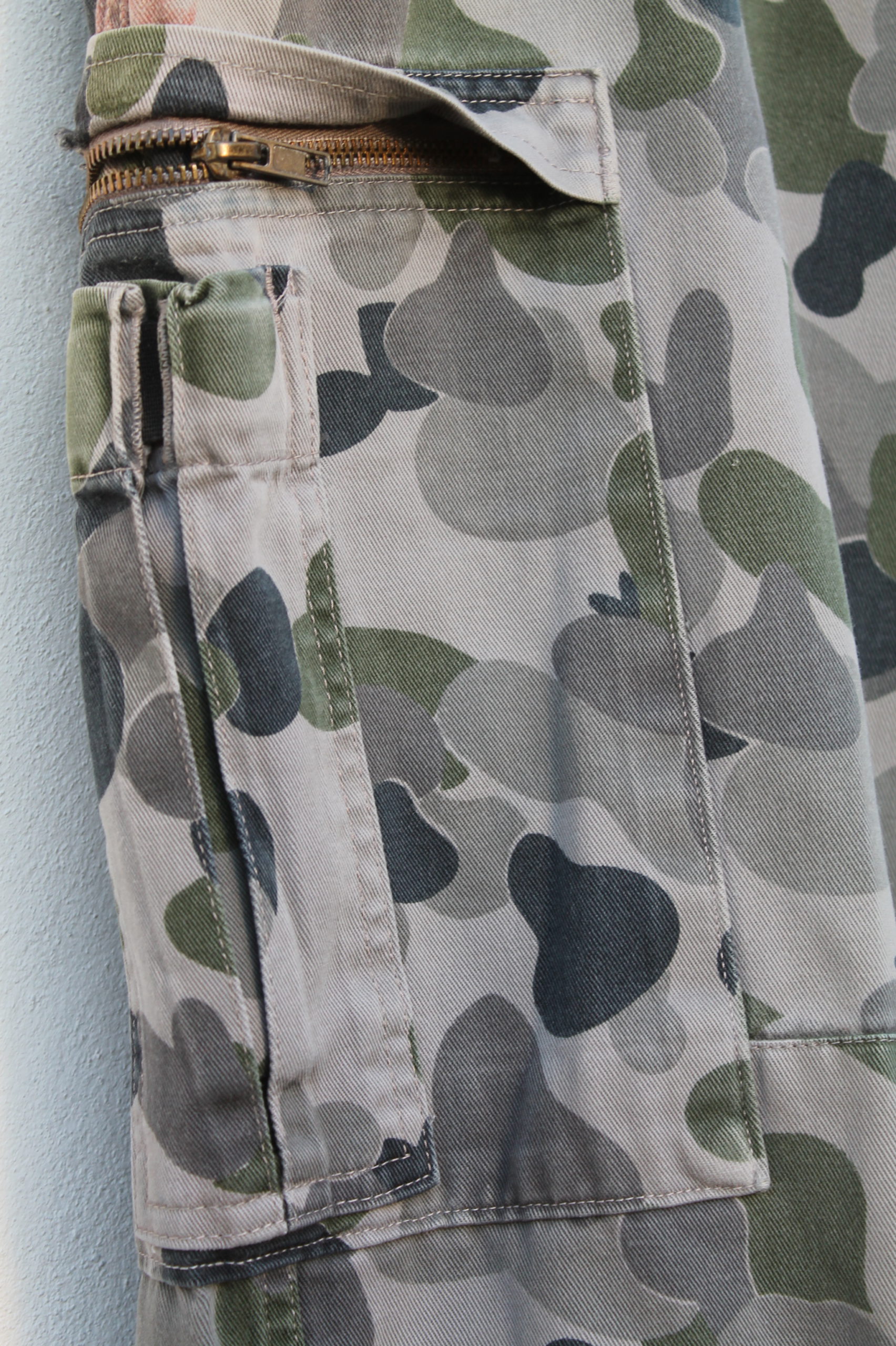
Side cargo pockets close via covered zips which appear to be brass and are the heavier duty vislon type. A very unusual choice for a trouser pocket but this is perhaps due to the salt water environment a sailor would be working in.
The narrower rectangular pocket on top of the standard cargo lacks a flap but is pleated with a spit at the top and elastic running through the opening. It’s an unusual shape and only features on the right leg. Given that it doesn’t have much in the way of general utility, my best guess is that it must be specifically sized to house some standard issue item like a key, tool or item of documentation that all personnel are required to carry.
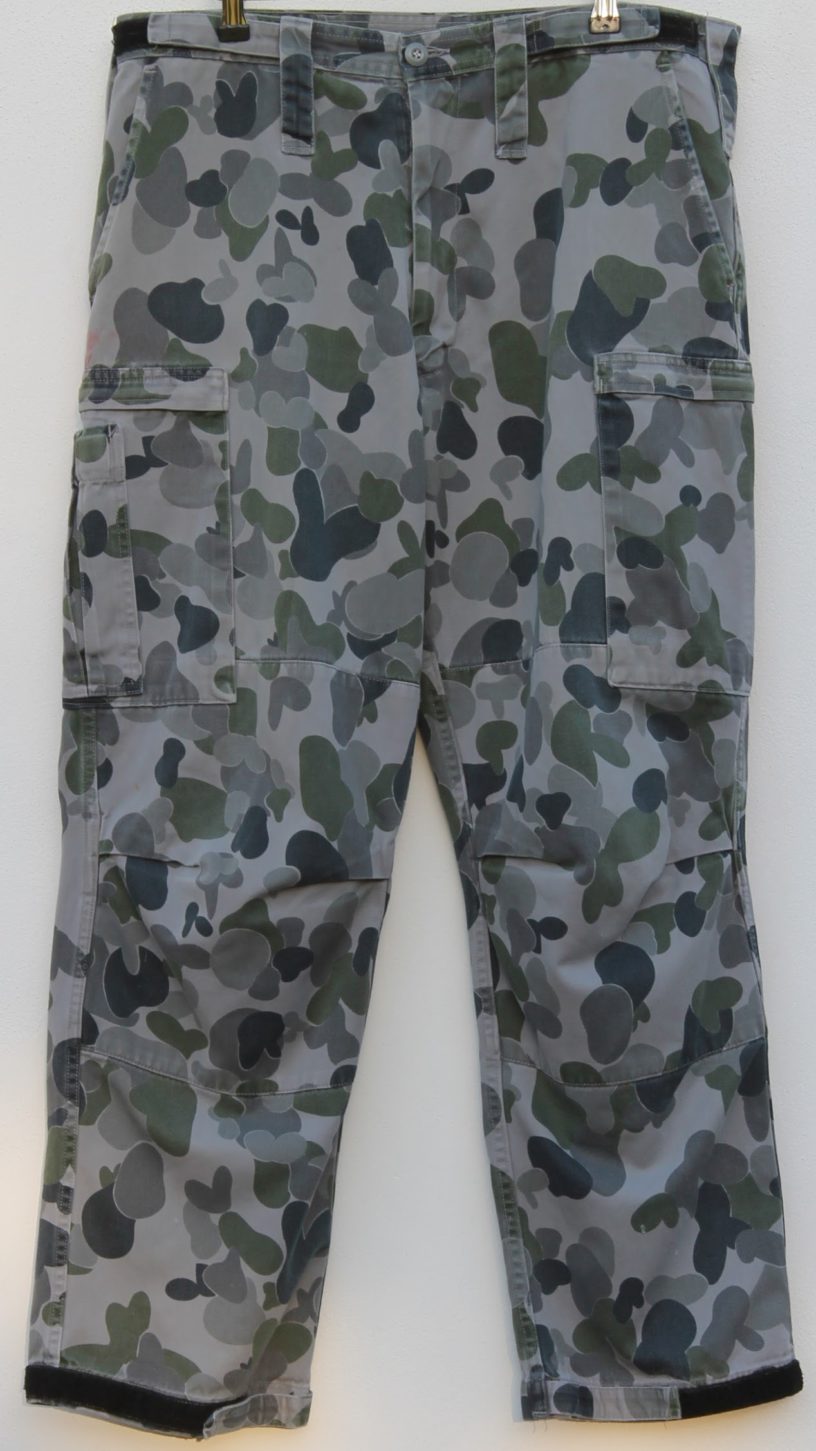
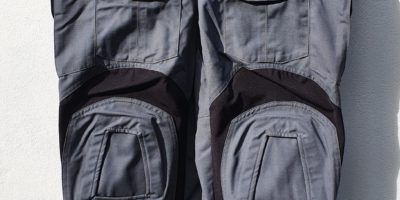
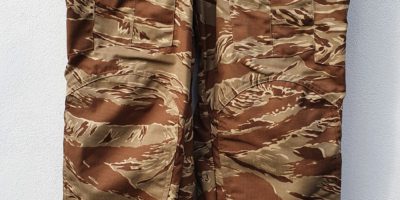
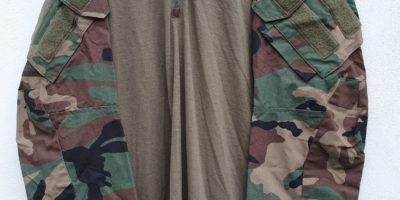
Robert
These like most Australian Camo clothing of the last 15 years or so, aside from Camo colours are the same across all three branches of the ADF. So stuff like the pleated knees are for all uniforms, these predate the new combat and field pants so this pants pattern was designed as the army pattern from barracks to battle zone.
It was a way to cost cut across the ADF, one clothing style (with minor tweaks like the pen/light stick pockets and heavy duty zippers over the standard ones for navy), one Camo pattern (with different colours for the 3 branches). Even the newer AMCU/GPU/MMCU pattern is used across all 3 branches just with the blue for RAAF and greys for RAN. Only exception is the combat uniform which is one for all. It’s a smart move to keep costs down. The AMCU pattern in the combat clothing style is the official combat/deployed clothing for land based deployments now for all 3 services. With the field/barracks pants being different but same. It’s all about trying to strike up the balance.
I noted in your shirt review about the reflective strips, these were a high vis thing in case of MOB but as you noted the Camo could hide the person in the water. The Camo for the Navy was twofold, one it created its own unique ‘corporate uniform’ easily recognisable to civilians thanks to the show Sea Patrol and the Camo pattern hid stains from working on ships at sea easier than the solid grey overalls used previously.